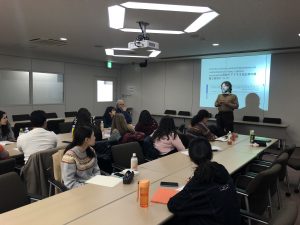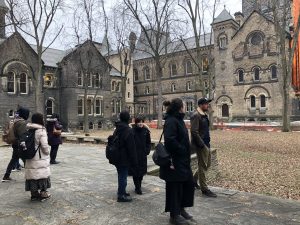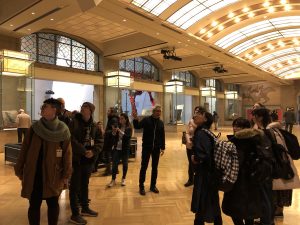あゆみ History
北大考古学研究室のルーツは,1966年に文学部に設置された北方文化研究施設の考古学部門です。この研究施設はとくにオホーツク文化,擦文文化,縄文文化研究の前進に大きく貢献しましたが,教育面では大学院生の教育のみを担当し,学部生の教育には関与していませんでした。しかし,1995年の北方文化論講座への改組によって,大学院生とともに学部生の教育も担うことができるようになりました。以後,25年以上にわたって研究機関,教育委員会,博物館などに卒業・修了生を排出してきています。
北方文化論講座には考古学,民族言語学,文化人類学・博物館学部門がありましたが,2019年の改組により独立して誕生したのが現在の北大考古学研究室です。
The Laboratory of Archaeology Hokkaido University (LOAHU) originated from the Archaeology Section in the Institute of Northern Cultures established as a research institute of the Faculty of Letters in 1966. This institution greatly contributed to the advancement of study on the Okhotsk, Satsumon, and Jomon cultures in Northern Japan. However, it did not involved in the under-grad education in the university, although grad student could conduct research in the institute. In 1995, this institute was reorganized into the Laboratory of Northern Cultures, and Hokkaido University could finally play a role to educate both under-grad and grad students. We have cultivated human resources for universities, education boards, and museums for over 25 years.
The Laboratory of Northern Cultures was consisted of research sections of academic fields: archaeology, ethnolinguistics, and cultural anthropology and museology. It was reorganized again in 2019, and the laboratory of archaeology was established in the Department of History, Graduate School of Humanities and Human Sciences, Hokkaido University.
めぐまれた環境 Wonderful environment for research
北大の広大なキャンパスはそれ自体が遺跡で,当時の地形や竪穴住居のくぼみも残っている場所もあります。一年をとおした大学での生活により,この場所に住んだ続縄文文化,擦文文化の人々の環境を追体験できます。
Hokkaido University campus is located on archaeological sites: the original topographical features are well preserved and prehistoric pit houses can be also seen in the campus. Year-round research in the university enable us to relive the environment of Epi-Jomon and Satsumon people who live in this area.
【北大キャンパス公式動画】(キャンパスの四季はYouTube動画を御覧ください) [Hokkaido University official promotion video] (YouTube)
北大春景色 Hokkaido University campus in spring
北大夏景色 Hokkaido University campus in summer
北大秋景色 Hokkaido University campus in autamn
北大冬景色 Hokkaido University campus in winter

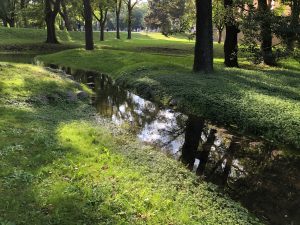
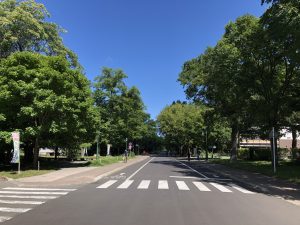
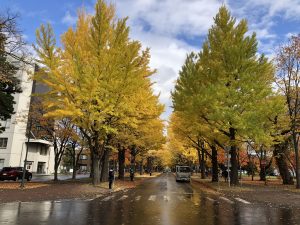
考古学研究室がある文学部の建物のすぐ近くには,総合博物館と埋蔵文化財調査センターがあり,それぞれ考古学の展示があります。もちろん文学部にも多数の資料が保管されていますが,オホーツク文化を中心とした総合博物館の資料や,続縄文・擦文文化を中心とした埋蔵文化財調査センターの資料を調査・研究することも可能です。
In the immediate vicinity of Graduate School of Humanities and Human Sciences, University Museum and University Center for Rescue Archaeology are situated, and each organization has exhibition room for archaeology. It is possible for students to study archaeological collections stored in these institutions.
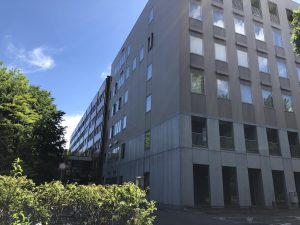
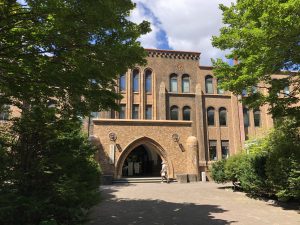
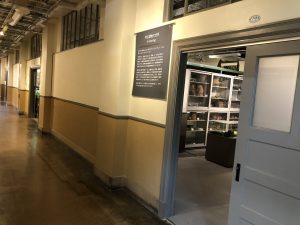
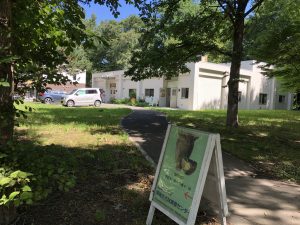
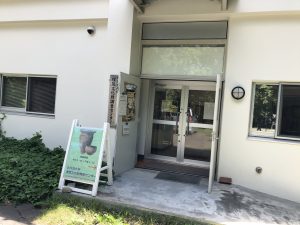
研究の特色 Characteristics of research
教員や学生の研究フィールドは比較的寒い地域が多く,日本列島では東北地方や北海道,海外でもロシア・北米などが中心です。ただし,関東以南や熱帯雨林地域,南半球を対象とする研究ももちろん可能です。
充実したスタッフにより,カバーできる時代はとても広くなっています。旧石器時代,新石器時代(縄文文化)だけでなく,近世・近代並行期のアイヌ民族の歴史を考古学的に研究している教員が在籍していますので,あらゆる時代が研究の対象になっています。
もうひとつの大きな特徴は,土器や石器の形態や製作技術の研究のようなオーソドックスな考古学研究だけでなく,動物考古学,植物考古学,文化財科学(年代測定,同位体分析)の専門家も同じ研究室に在籍していることです。遺跡から出土した動物や植物を取り扱う研究者の数はもともと少ないのが現状ですが,その双方の専門家がいる考古学研究室は日本では唯一です。さらに年代測定や同位体分析の専門家が考古学研究室に在籍し,考古学研究者と協業している例も他にありません。多様な学生のニーズに答えることができる,とても充実したスタッフ構成です。
Main study area of faculty members and students in LOAHU is cold regions: Tohoku and Hokkaido in Japan, Russia and North America. However, we have also studied archaeology in Central and Western Japan, the tropical forests, and Southern Hemisphere.
Fulfilling faculty members cover a wide range of time period. Because we are interested in a period from the Paleolithic and the Neolithic (the Jomon) to premodern and modern history of the Ainu, archaeological study in LOAHU focuses on various periods in the human history.
Additional characteristics of this laboratory is the existence of specialists for zooarchaeology, paleoethnobotany, dating, and isotope analysis. There is no such laboratories of archaeology in Japan, and this advantage enable us to educate students with various interest.
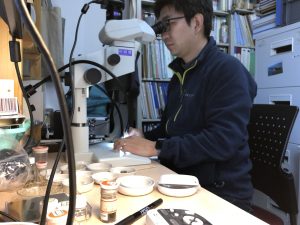
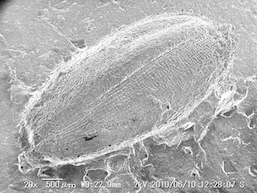
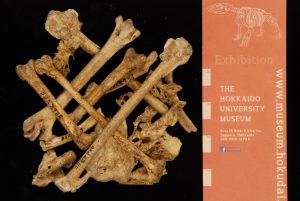
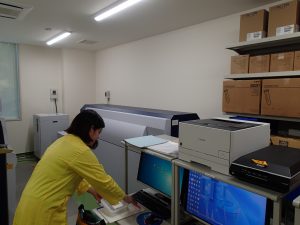

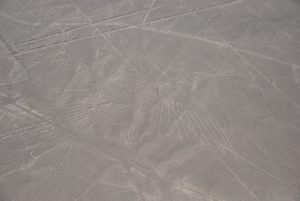
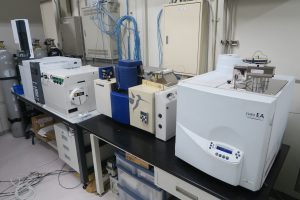
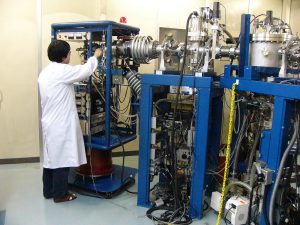
Accelerator mass spectrometer (shared use at the University of Tokyo)
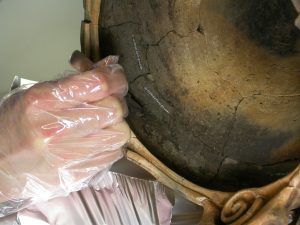
GIS,3Dスキャナ,3Dプリンタ,ドローンなど,最新の技術を用いた情報の解析や測量なども積極的に行っています。学生にも,在学中にこうした技術に触れさせ,社会に出たあとですぐに使えるようにする教育を目指しています。土器や石器などの人工遺物の研究にあたっても,肉眼観察だけでなく顕微鏡観察を併用した情報収集を行う研究者が多いことも特色の一つです。
We have conducted research using novel technologies such as GIS, 3D scanner/printer, and drones. Students are also trained to use them so that they can learn effective skills applicable soon after the graduation. Even when we study common artifacts such as ceramics and stone tools, close observations using microscopy as well as naked-eye is also characteristics in this laboratory.
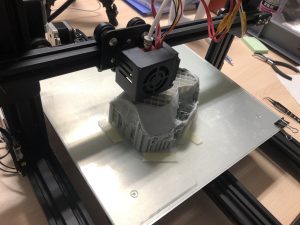
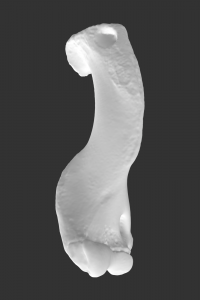
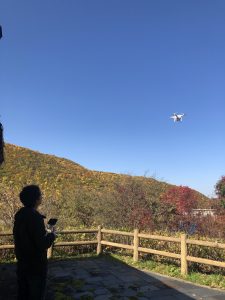
教員の研究活動は国際的にも広く知られており,アメリカ,カナダ,ロシア,イギリス,ドイツ,ペルー,中国,韓国,タイなどとの共同研究を実施してきています。北米,ヨーロッパ,ロシアなどからの研究者や大学院生を客員研究員として多数受け入れており,一定期間,北海道で共同で研究しています。月に一度ほどのペースで研究成果などを報告する研究室の談話会がありますので,学生も海外からの研究者と交流しています。
Research of faculty members in LOAHU are well known in the international academic communities, and we have conducted a lot of collaborative research projects with colleagues from the US, Canada, Russia, UK, Germany, Peru, China, South Korea, and Thailand. Also, we have accepted foreign scientists from North America, Europe, and Russia as visiting researchers, and conducted collaborative studies in Hokkaido. Because all laboratory members can meet once a month at the colloquium, students actively communicate with visiting researchers.
教育の特色 Characteristics of education
研究機関の研究者としても,博物館の学芸員としても,自治体の埋蔵文化財専門職員としても,必要なスキルは学部生のうちにひととおり身につけることができるようなカリキュラムを構築しています。概論科目で理論や学史,ゼミ科目で方法論と実践的な研究,資料の整理方法と発掘調査報告書作成,土器・石器の実測図作成や三次元計測,実習科目で発掘調査を学びます。国内では最も充実した授業内容を提供している考古学研究室の一つです。
学部で学んだスキルをいかして,大学院では自分が専門とする地域・時代の研究をさらに自由にすすめることができます。
また,学部・大学院で,考古調査士(1級・2級)の資格を取得することが可能です。
The goal of our education for under-grad students is that they can learn all of the basic skills for museum curators and archaeologists in local government. Through introduction classes, students can learn theory and history of archaeology. Seminar classes provides students opportunities to study methodology, specific themes in archaeology, material organizing and making excavation reports, technical drawings and 3D scanning of artifacts. Field school is conducted every summer in Hokkaido in order to teach archaeological excavation
Based on acquired skills, grad-students can proceed further researches.
Under-grad and grad students can obtain a qualification of the first-class and second-class archaeological researchers.
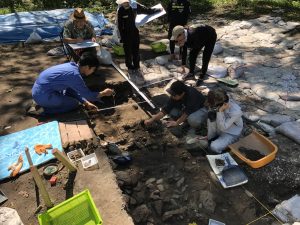
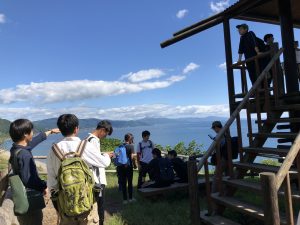
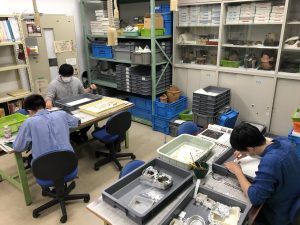
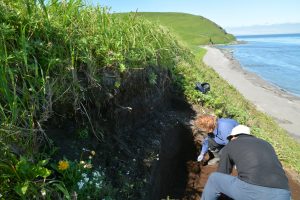
研究面だけでなく,教育面でも国際化を進めています。カナダの大学(たまにアメリカ,ヨーロッパ,アジアの大学の飛び入り参加もあります)と北海道で共同で授業を行っており,逆に北大の学生がカナダを訪問して共同授業を行ったりもしています。
We have advanced globalization in not only research but education. As part of internationalization of education, we have conducted joint classes with students from University of Toronto Mississauga in Hokkaido (faculty members and students from universities in the US, Europe, and Asian countries sometimes join the classes). Conversely, students from Hokkaido University have visited University of Toronto for another collaborative classes.
